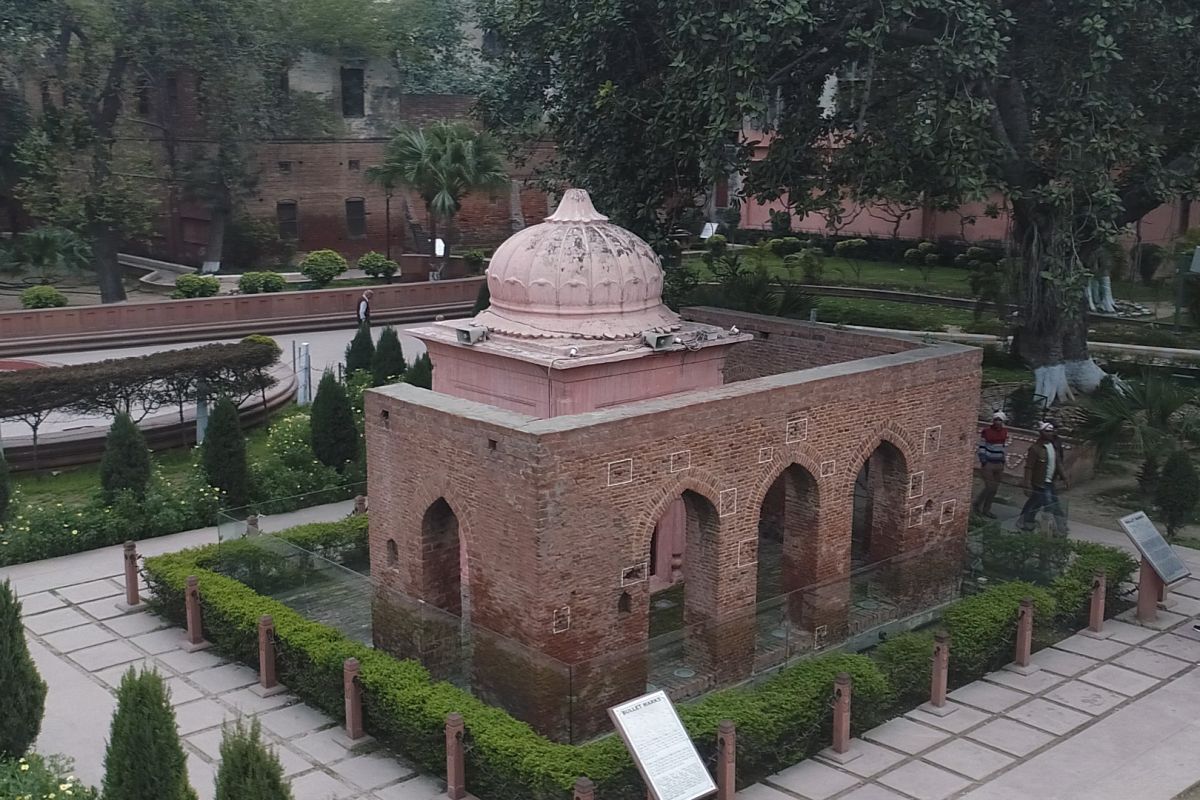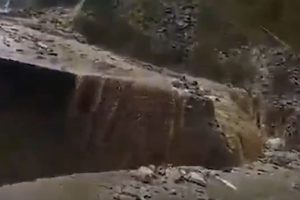Few other events in our struggle for independence made a greater impress on the nation’s collective consciousness as the coldblooded massacre at Jallianwala Bagh hundred years ago on April 13, Baisakhi day. The barbarity inflicted on a peaceful congregation left hundreds dead and many more wounded. Following Curzon’s partition of Bengal in 1905 that gave a fillip to the nationalist cause, this carnage in 1919 changed the narrative of the freedom movement decisively.
It is about time to reflect on what had inexorably led to this incident and how it altered the course of history.
Curzon’s decision to communally divide Bengal triggered nationwide protest and gave rise to revolutionary activities on such an unprecedented scale that the partition had to be annulled and the capital shifted from Calcutta to Delhi in 1911. But the revolutionary activities continued in different parts under different garbs. World War I started in 1914 into which India was dragged. Santanu Das in his recent work India, Empire, First World War Culture has recorded India’s enormous contribution to the imperial war effort. Of a total of over 1.7 million Indians including over 1.4 million fresh recruits, between 50,000 to 70,000 were killed in the war. ‘Punjab had contributed one-third of all the Indian recruits and over 40 per cent of the total number of Indian combatants mobilised.’
India’s cooperation with the war effort was appreciated but, shockingly, the British attitude towards India changed after their victory in the war. Public dissatisfaction against foreign rule had been rising on account of various factors – economic slump and attendant huge price-rise as a consequence of the great war, and the influenza epidemic of 1918-19 in which over 12 million people died without adequate medical attention. As Churchill admitted, “Collisions between troops and native populations have been painfully frequent in the melancholy aftermath of the Great War.”
The Montagu-Chelmsford Reforms (1918) came as a betrayal and protests against it were ruthlessly suppressed. Shortly thereafter, the report of the Sedition Committee (known as Rowlatt Committee) denounced nationalists as anarchists and concluded that the situation demanded the ‘strengthening of the Executive permanently by arming it with similar powers as they had temporarily acquired under the Defence of India Act.’ As subsequent events would show, the Jallianwala Bagh massacre was the first unequivocal demonstration of brutal imperial might under the Rowlatt Act, designed to keep Indians under subjugation.
This was also the time when Gandhi, armed with his unique moral force, was emerging as the key national leader. His unique call for Satyagraha against this Act struck a sympathetic chord in the public psyche. Events started accelerating from early February and reached near crescendo on April 9, the day of Ram Navami, celebrated in Amritsar as ‘National Solidarity Day’. This must have unnerved Lt. Governor Michael O’Dwyer who, some historians argue, decided to provoke people first and then strike hard.
Two local leaders were arrested and Gandhi was not allowed to enter the city. On 10 April, unprovoked firing killed and injured a few of the agitating mob. Further firing killing about twenty turned the mob violent who indulged in arson and destruction of public property, murdering a few British men and assaulting a missionary lady, Miss Sherwood. The battle lines were drawn.
General Reginald Dyer on 12th and early 13th April marched through Amritsar with a strong striking force. A proclamation that every assembly of people would be dispersed by force of arms was disseminated. A counterproclamation declared that a meeting would be held at 4.30 pm on the 13th at Jallianwala Bagh ‘at which Lala Kanhya Lal would preside and give valuable advice to the people.’ From 2 pm, people started assembling at the Bagh, some ignorant of and many wilfully disobeying the government order.
The crowd strength had reached between 5,000 and 20,000 (as per different estimates), when Dyer ordered firing by fifty riflemen, without any warning. 1650 rounds were fired at the crowd – in which around 380 died and over 1100 were wounded. The Congress Enquiry Committee estimated the figures to be several times higher than the official ones. Over a thousand persons reportedly lay bleeding throughout the night.
The protests against this atrocity rose all over. Gandhi though deploring ‘the murder of Englishmen and destruction of property by ourselves’, commented, “I cannot imagine a graver wrong than the massacre of the Jallianwala Bagh and the barbarity that followed it, the whitewash of the Hunter committee, the despatch of the Government of India, the refusal to remove officials who made the lives of the Punjabis a hell during the martial- law period…”
Following the shock of the Rowlatt Act and the Punjab horrors, Gandhi said, “I came reluctantly to the conclusion that the British connection had made India more helpless than she ever was before, politically and economically…”
The national mood was articulated by Rabindranath Tagore who, through a letter to the Viceroy relinquishing his Knighthood, wrote “…the disproportionate severity of the punishments inflicted upon the unfortunate people and the methods of carrying them out… are without parallel in the history of civilised governments… The time has come when badges of honour make our shame glaring… and I for my part wish to stand, shorn of all special distinctions, by the side of my countrymen who… are liable to suffer a degradation not fit for human beings…” Gandhi, too, returned his Kaiser-i-Hind medal.
Both O’Dwyer and Dyer remained unapologetic and justified their action. Back home, Dyer faced disciplinary punishment, but he had many supporters too. Winston Churchill, the Secretary of War, whom current scholarship demonises for many ills including the Bengal famine, said in the House of Commons, “That is an episode which appears to me to be without precedent… in the modern history of the British Empire… It is an extraordinary event, a monstrous event, an event which stands in singular and sinister isolation…”
Jallianwala Bagh exposed how ruthless the colonial administration could be to suppress nationalistic violence. Although this did not end violent activities, especially in Bengal and in the Punjab, Gandhi’s non-violent ideologies of non-cooperation and civil disobedience attained national acceptance and became the dominant course. In Young India, Gandhi wrote, “Jallianwala Bagh though atrocious was the cleanest demonstration of Government intentions and it gave us the needed shock… Our duty therefore… is to invite martial law…and evolve the courage to draw the rifle fire not in our back as in 1919, but in our open and willing breasts and without resentment.” The Gandhian path of Ahimsa proved more effective than the British could ever imagine or know how to tame.
It also showed the arrogance of power in which no serious consultation with local leadership had taken place and the basic norms of administration flouted. Raja Ram has shown in his book The Jallianwala Bagh Massacre how pre-meditated the plan was.
Twenty-one years later, Udham Singh, belonging to the Ghadar Party, shot dead O’Dwyer in London for his role in the massacre. He was hanged shortly thereafter. Gandhi condemned Singh’s act as ‘an act of insanity’ and hoped this will not be allowed to affect political judgement. But Singh became a hero to millions of his countrymen.
A century later, while the country remembers its martyrs, it should also learn how, in the absence of sane counsel, the administration can get alienated from the people it is meant to serve.
(The writer is a retired IAS officer)











